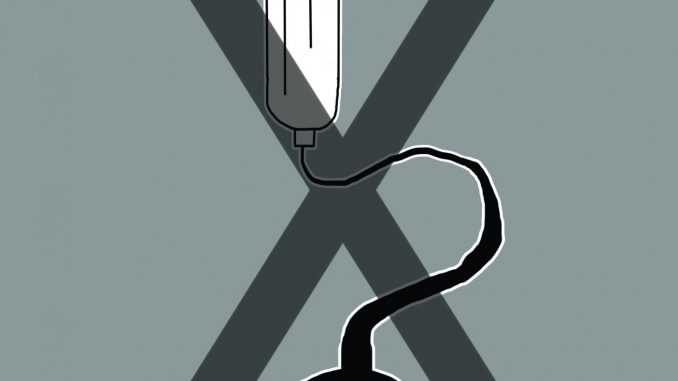
Written by Sohi Kang, Staff Writer

With about 51 percent of the Indian Trail High School & Academy being female, the issue of menstrual health is relevant to about half the student population. Yet, to locate feminine hygiene products such as pads and tampons, young students must often jump through hoops at school. This includes navigating a web of students and teachers in search of one, asking the teacher for a pass to the nurse, and trying to avoid the risk of embarrassing period leaks. Trying to find a feminine hygiene product often leads to a loss of class time, compromising education.
Just like toilet paper and hand towels, menstrual products such as pads or tampons are basic necessities that should be provided free at school. Though some may say that stocking up these sup- plies can be costly, this investment is necessary as it relates to the issue of equality for low-income students. Moreover, it is worth- while as it may lead to an increase in attendance.
According to the United States Census Bureau, about 21 per- cent of school age children live in poverty. Due to this, some cannot access pads or tampons, leading to a harder time concentrating in class or even skipping class altogether.
On the topic of providing free menstrual products, others show concern over the over-consumption of these products once they are free. Though there may be an influx of users initially as with any “free” product, usage will decrease as people understand that products will always be available. Moreover, the use of menstrual product dispensers with delayed dispensing mechanisms will en- sure over-consumption is limited, and only a few percentage of menstruators will rely solely on school bathrooms for feminine hygiene products.
No one chooses to get their period — it’s a normal biological function. Providing free feminine projects is vital for the success and well-being of a large population of the student body. Thus, it should be treated just like toilet paper or soap and be provided for free at schools.
